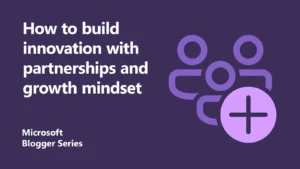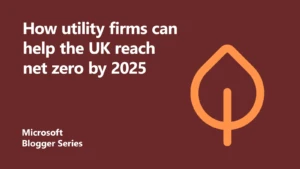
5 steps to decarbonise the energy sector and reach net zero
The green industrial revolution is well under way. With industrial sites responsible for 30 percent of total global carbon dioxide emissions, the time for action is now.
New infrastructure, new business models, new partnerships, new energy markets, unknown costs – this complex terrain is uncharted. So, given the industry’s net zero aspirations and goals to decarbonise, how can business decision-makers make the most of today’s unique opportunities, while mitigating the accompanying risks?
Together with Avanade and Accenture, we’ve created a five-pillar approach to decarbonise the energy sector. It incorporates targets for reducing system costs and goals for boosting and balancing the national energy supply. It also advocates that stakeholders adopt open data principles, new skill sets and a shift in organisational culture. This will support innovation and new business models.
1. Decarbonise energy supply
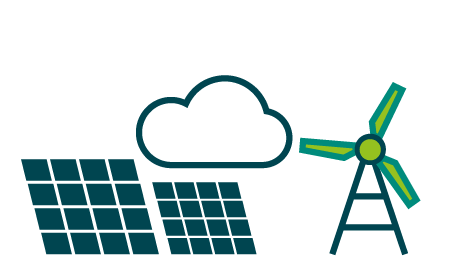
A 25 percent reduction in the levelised* cost per megawatt-hour of grid-scale renewable revenue streams, maximise renewables and optimise nuclear energy value.
*Lifetime costs divided by energy produced.
Core to the government’s aims to reach net zero by 2050 is the goal to decarbonise the energy sector. The government expects emissions need to be reduced by at least two-thirds by 2035 and by at least 90 percent by 2050.
The sector has already significantly cut the levelised cost of wind. However, we believe more can be done with the help of data analytics. For example, Danish renewable energy supplier Ørsted constantly streams data from thousands of turbines. Using Microsoft-powered analytics and AI, it can maximise capacity and drive down operational costs by predicting and pre-empting usage. As a result, they’ve been able to reduce coal consumption by 82 percent in the last decade. They’re planning to fully phase it out by 2025.
“When we engineer new wind farms, the computations for the foundations alone used to take weeks. Now with the cloud, it takes between 4 and 8 hours.”
– Michael Judén, head of digital strategy at Ørsted.
2. Balance the system
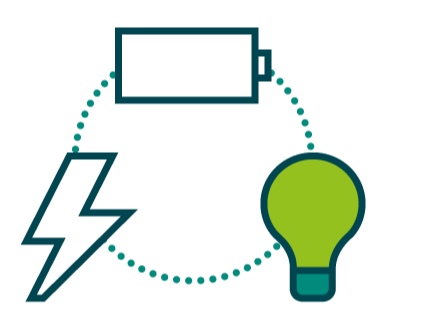
Operate a zero carbon electricity system by 2025 and cut the cost of connecting generation, storage and load by 20 percent.
By balancing hydrogen storage through the production of green hydrogen when there is excess wind power and flexible thermal generation with carbon capture and storage, organisations can build more cost-effective systems.
Along with Accenture, we’ve proposed an industry target to cut the cost of connecting energy generation, storage and load by 20 percent in three to five years.
To achieve this, the energy sector needs to take new approaches to system planning and operations. They can achieve this by using smart technology, such as digital twins. With smart grid solutions to increase visibility and control, the network could also work at higher levels of utilisation. As a result, they can more effectively balance power flows as demand rises.
For example, bp uses Azure digital twins to help their sustainability goals and make the transition to net zero carbon by 2050 or sooner. By looking at past and real time data, they can predict future data and improve the efficiency of their facilities.
“By using this digital twin to look at both past data and predict future data, it’s invaluable… If this was rolled out across bp assets, we have the opportunity to reduce emissions by around 500,000 tonnes of CO2 equivalent every year.”
– David Boyd, Facilities Process Engineer at bp
3. Electrify demand

Enable 50 percent of new electrification load (transportation and heating) to contribute to system balancing.
If an integrated digital approach is adopted across the energy system, it will help optimise generation and supply. It will also create a grid in which system balancing can be fine-tuned. In the future, this will enable at least half of new electrification load growth to flexibly contribute to system balancing and/or the overcoming of network constraints.
Additionally, hydrogen has a key role to play. Both to store energy and to help balance the system and decarbonise high-temperature industrial processes where electrification is not viable.
Centrica Storage is working with Net Zero Technology Centre and mixed reality specialist VISR Dynamics with support from Microsoft to grow new ways of working. They use HoloLens 2 to support frontline workers and streamline processes on the way to net zero.
“With this project and with this technology, we are driving innovation and progress in our industry.”
– Martin Scargill, Managing Director at Centrica Storage
4. Trusted data

Make industry data trusted, open, secure, consistent, accessible and usable to drive efficiency and innovation.
When an organisation creates or adopts an open data standard, it can ensure consistency and predictability for data users. The data also becomes easier to compare and link up, which encourages interoperability between systems and ways of working. This is a powerful asset in business partnerships. In addition, as data becomes easier to access, open innovation often follows. New ways of working help accelerate development processes, enabling smarter solutions and reducing costs
For example, stakeholders can better assess the feasibility, location and operation of projects, as well as practical questions, such as where to connect to the system.
We already have direct examples of sharing trusted information, with Centrica Storage building cross-industry partners and even tech partners in Microsoft. Our partnership with Accenture, Avanade is also helping UK’s transition to net-zero carbon emissions by empowering energy companies with the tech to reach their goals.
5. Enable the digital workforce

“A technology-powered workforce which is diverse, inclusive and effective.
Net zero will be enabled by new business models centred on digital ecosystems and the cloud. To realise this vision, organisations will need new skills in communications, data infrastructure, analytics and data science. Radical innovation and systemic transformation are best supported by highly agile, dynamic teams that specialise in digital and sustainability solutions.
Leaders need to build a growth mindset culture and focus on re- and upskilling their workforce to be digital-ready. Our Digital Skills Hub has lots of resources to help organisations build the skills they need now and in the future.
Decarbonise and deliver a net zero future
We believe that if the energy sector can implement these pillars in the next three-to-five years, it will be in a strong position to drive the government’s 2050 net zero target and help create a sustainable future for all.
Find out more
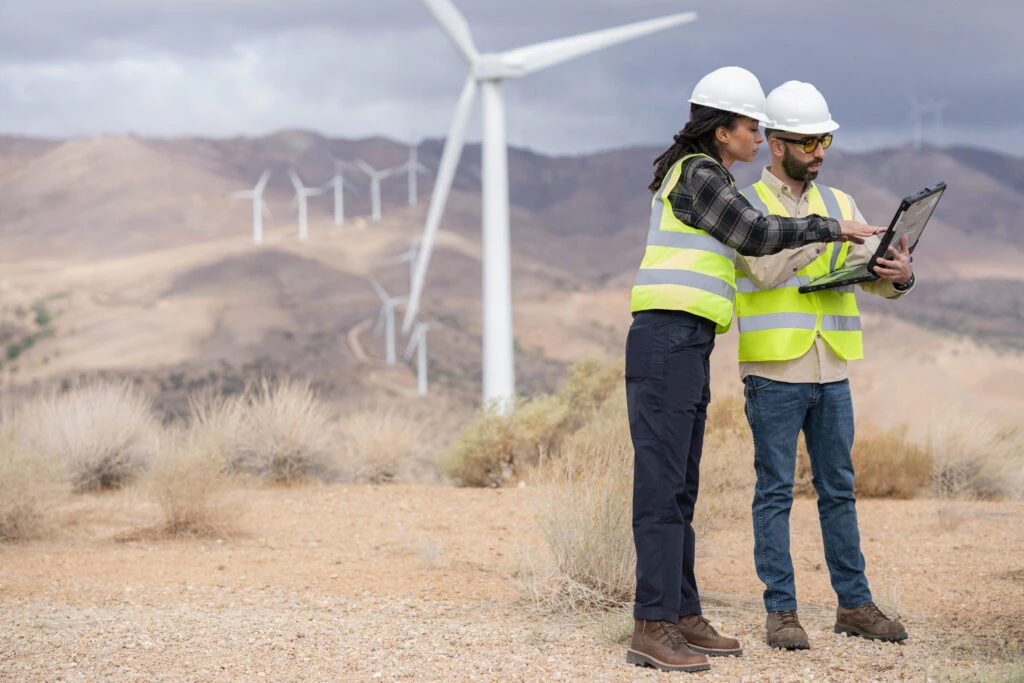
About the author

Kevin is responsible for developing the UK strategy in energy and utilities, supporting the enterprise commercial team to help clients achieve more. Working as part of the leadership team in Manufacturing and Resources for Microsoft UK, he supports the development of new digitally enabled markets, helping Microsoft continue its transformation from a technology vendor to a trusted partner.
Kevin is an Honorary Research Fellow with Warwick Manufacturing Group, supporting leading academic work to help solve infrastructures challenges in cyber security. He also works across government, academia and industry within the Construction Leadership Council, helping to accelerate digital transformation within the built environment.

